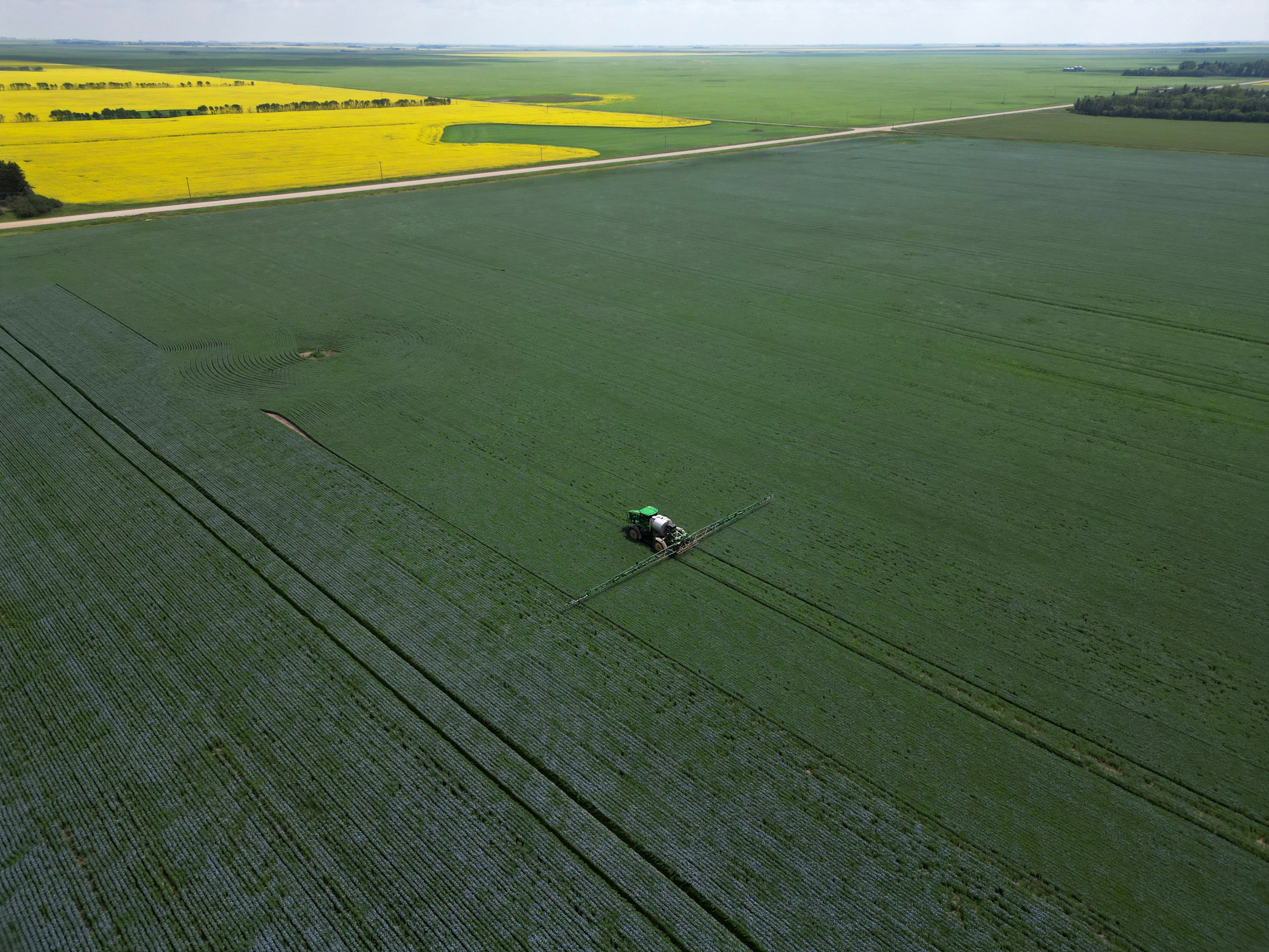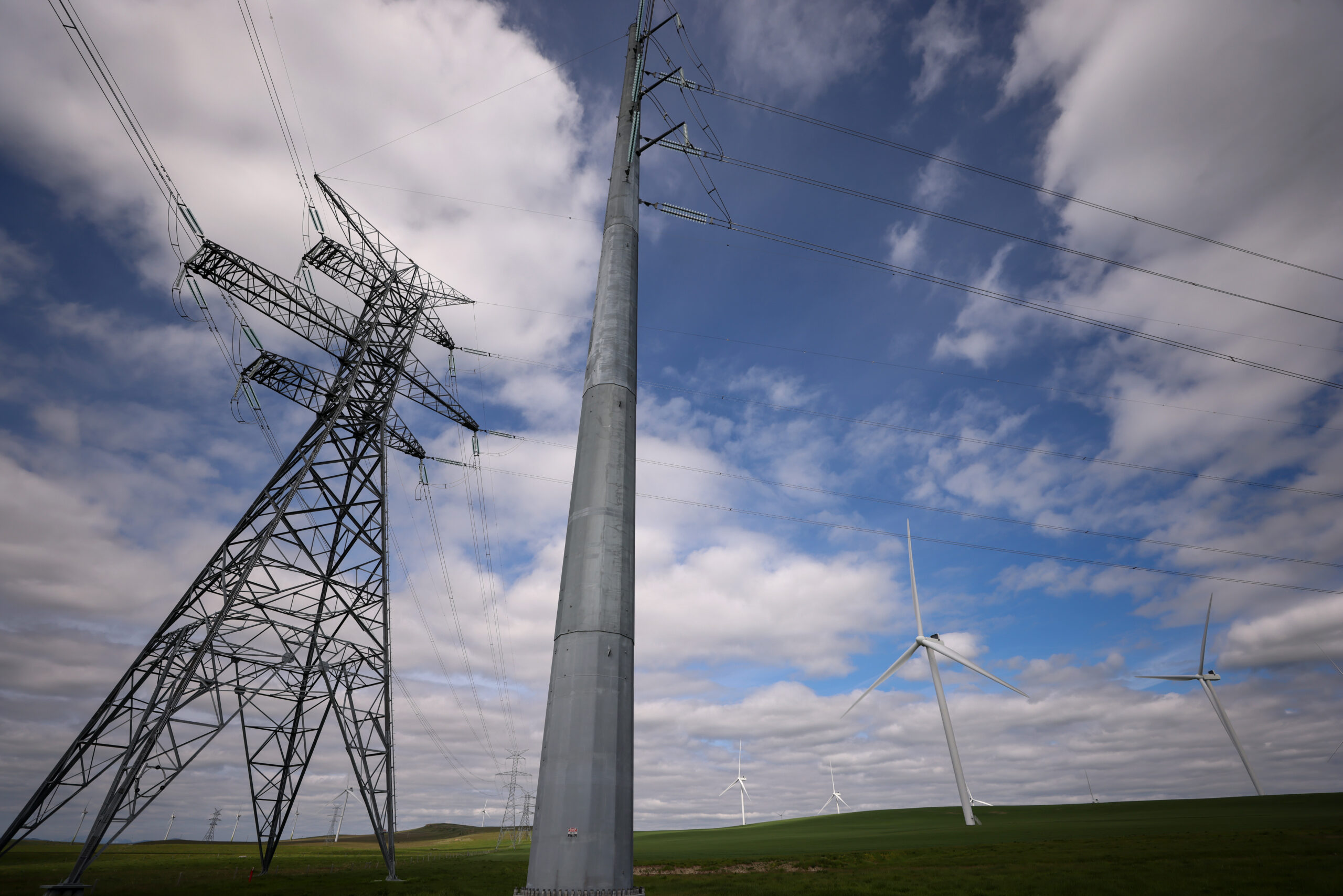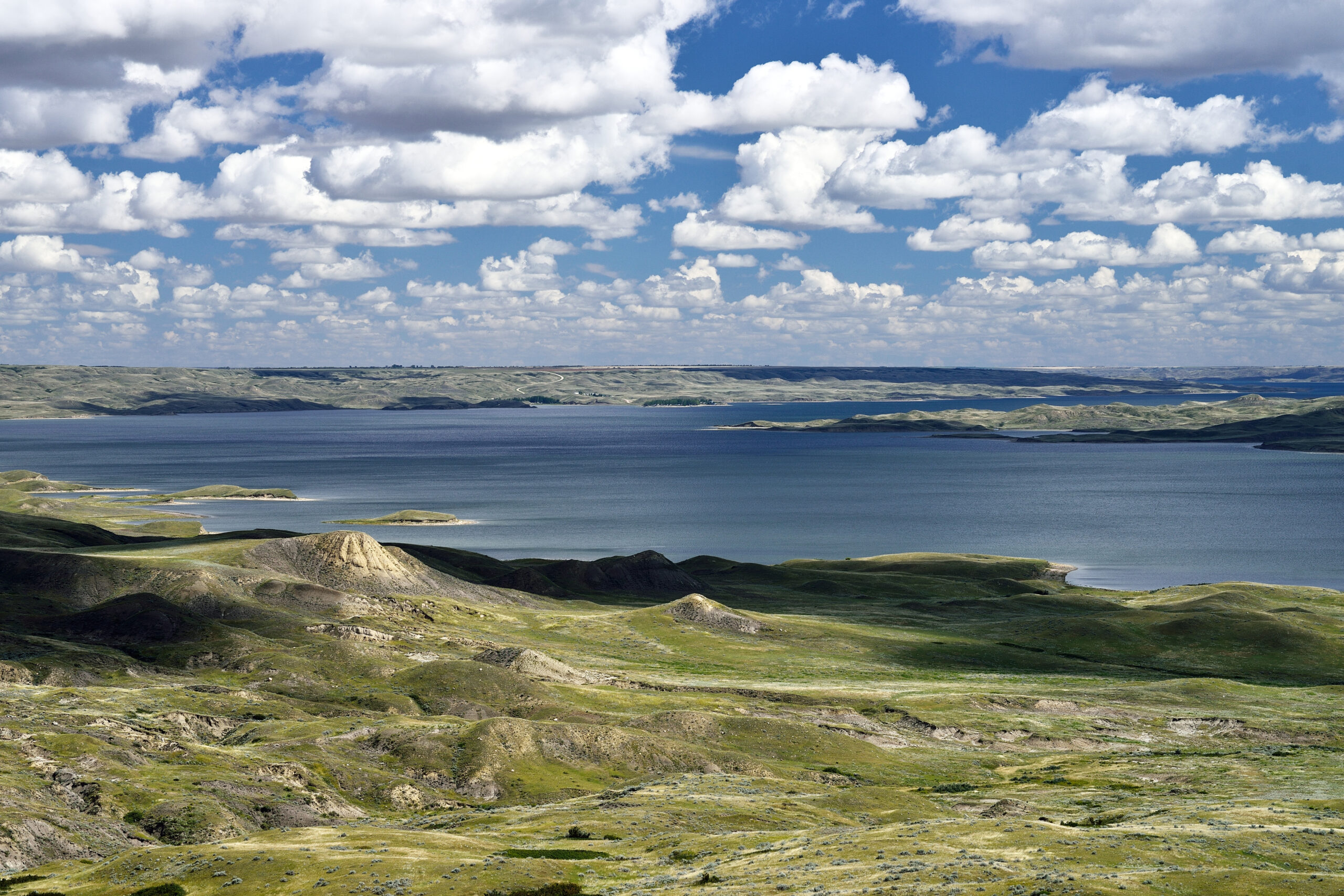
What Carney’s win means for environment and climate issues in Canada
Mark Carney and the Liberals have won the 2025 election. Here’s what that means for...
Get the inside scoop on The Narwhal’s environment and climate reporting by signing up for our free newsletter.
The Saskatchewan election results are in and the Saskatchewan Party has held onto power in Monday’s election, elongating a political dynasty that started in 2007. The party, however, was humbled by a resurgent NDP.
Initial results around midnight showed the governing party under Scott Moe lost 12 seats, but won 35, enough to form a majority government. The NDP picked up those 12 seats for a total of 26, making it a formidable opposition.
The results showed a deep divide in the province, with the NDP dominating the cities and the Saskatchewan Party holding the countryside.
Moe said the results are a wake-up call for his party and said he would work to earn back support.
“I thank those that supported or voted for another party in this election for the message that was delivered tonight,” he said during his victory speech after the Saskatchewan election results were clear. “I’ve heard that message, our team has heard that message, and we must do better. We most certainly will.”
Moe’s party, which has dominated provincial politics since it was first elected under Brad Wall in 2007, headed into the election with 22 of his 48 incumbents not running for re-election — two due to criminal charges.
Some long-standing party members and MLAs tore up their membership cards. Some even put their support behind the NDP.
Those controversies were not enough to push the NDP over the edge, but cut deeply into the Saskatchewan Party’s support.
The campaign was characterized by a focus on the cost of living and taxes from both parties. Neither had much to say about climate or the environment, despite a long list of opportunities and concerns in Saskatchewan.
During his victory speech early on Tuesday, Moe said he would focus on education, healthcare and mental health and job creation.
But Moe’s victory will also ensure continued fighting with the federal government and pushback against curbing emissions in a province with a grid reliant on fossil fuels, the second largest oil and gas sector in Canada, expanded mining and a massive agricultural sector.
With Scott Moe back as premier and the Saskatchewan Party in power for another four years, here’s what the Saskatchewan election results mean for energy, the environment and the climate.
The carbon tax is front and centre in Canadian politics, with federal Conservatives doing everything in their power to fight a national election on the topic and with provincial premiers lambasting the levy.
It doesn’t appear the fight is going away anytime soon, and that’s especially true in Saskatchewan.
The province, along with Alberta and Ontario, took the federal government to court to try and quash the national price on carbon and lost. Undaunted, the government led by Moe stopped collecting the levy on home heating and violated federal law in doing so.
Prior to the election, that meant the province had an amount owing to Ottawa in the tens of millions.
The move was even supported by the Opposition NDP.
The focus, as with the rest of the country, is on the consumer carbon tax, the price individuals pay — and for which they receive rebates. The Saskatchewan Party is less vocal about the industrial price on carbon charged by the province — an aspect of the debate critics of the carbon price are less eager to discuss.

That provincial carbon tax, with the snappy name “output-based performance standards,” is expected to deliver $351.3 million to the province in 2024-25, with almost half of the money earmarked for investments in small modular nuclear reactors.
A further $140 million will go back to SaskPower, the Crown corporation that oversees the electricity system, for investments in projects including renewable energy and, again, small modular nuclear reactors.
The province supports carbon capture utilization and storage, but is primarily focused on the use of carbon to force more oil and gas out of old wells — a method known as enhanced oil recovery — which produces at least as much carbon as it produces and isn’t supported by federal tax credits for carbon capture projects.
It’s unclear what will happen to all the various carbon taxes — or the technologies they’re used to fund — if a new federal Conservative government under Pierre Poilievre takes power. But as long as the Liberals are in power, there will be heated rhetoric from Saskatchewan and more money heading toward the party’s dream of reactors on the Prairies.
Saskatchewan has been working overtime to fight with the federal government, and not just over carbon pricing. That is unlikely to change.
The party’s platform promised it would “continue to protect the Saskatchewan advantage by defending the province from Trudeau-NDP policies that will crash Saskatchewan’s economy,” and that it would “undertake legal action as required to assert provincial jurisdiction over our natural resources and electricity sector.”
The party also promises to protect against regulations it says would harm the agricultural sector.

The province, under Moe, beat Alberta to the sovereigntist punch by introducing its Saskatchewan First Act last year, designed to push back against federal environmental regulations on natural resource extraction — if not in substance, at least in rhetoric.
The act also created a tribunal that is supposed to assess the economic impacts of federal regulations, a jab at the federal Impact Assessment Act, which Saskatchewan fought in court alongside seven other provinces.
The $4-billion Lake Diefenbaker irrigation expansion was broken up into phases, in part to avoid a federal impact assessment.
As the federal government pushes to get a net-zero electricity grid by 2035 through its coming Clean Energy Regulations, Saskatchewan wants the deadline pushed back to 2050. The province still relies on natural gas and coal for the majority of its electricity.
Moe has called the 2035 target “impossible and unaffordable.” The federal government has said its draft regulations allow for some limited fossil-fuel generation past 2035 “to ensure it is used where it has the greatest value for maintaining affordability and reliability.”

But while the government is fighting Ottawa on the proposed regulations to speed up decarbonization, it is also basing its plan, in part, on largesse from the capital — it wants 75 per cent of the costs for small modular nuclear reactors and 50 per cent of the cost for building more renewable power to come from the federal government.
In short, battles with Ottawa and full-throated support for natural resource extraction aren’t going away anytime soon, and the province is sure to use those battles as leverage for more federal dollars.
The issue of water — whether too much or too little — is going to be a focal point in Saskatchewan as the climate continues to change. Droughts and floods are both predicted to be more frequent across the Prairies.
The Saskatchewan Party has touted the Lake Diefenbaker irrigation expansion as one means of mitigation for both flooding and drought. It could retain water for dry years and help hold water back when there’s too much.
Prior to the election, the government announced it was pushing forward with the first phase of the project to bring more irrigated land northwest of the existing irrigation areas and appears determined to see the full project built out at a cost of at least $4 billion.
A big part of the plan, and the criticized economic impetus behind it, is to bring more high-value crops and processing to the province (think: turning potatoes into fries).
The irrigation plan to bring more water to traditionally dryland farming areas contrasts with a lack of wetland policy that critics say results in those areas being drained to allow for more harvesting.

Questions remain about how Saskatchewan could be impacted if prolonged drought hits Alberta, where water flows from the Rockies. Those impacts could be particularly acute if both provinces go into a long dry stretch.
Both provinces have ideologically aligned governments and will likely continue to co-operate on water issues. The true measure will come when water is scarce.
Under Moe and the Saskatchewan Party, the province moved forward with a critical minerals strategy that was mostly focused on existing strengths — uranium, potash and the nascent helium sector.
But it signals an interest in pursuing more mining opportunities, while also adding processing power to the mix. The province is now home to North America’s first rare earth minerals processing facility, which is set to expand to be able to handle more diverse minerals.
Uranium, however, is sure to be a priority.
The province has the second largest reserves of high-grade uranium in the world, making it a key supplier to allies. The element also feeds into another key focus of the government — it’s the fuel source for small modular nuclear reactors.
Mining for uranium has an outsized impact on northern Indigenous communities and the rush for more exploration and mining could become a flashpoint.
Climate and the environment barely warranted a mention through the Saskatchewan campaign, not only from the Saskatchewan Party but also from the Opposition NDP under Carla Beck.
Where it will be a focus is in relations with the federal government and largely in the form of opposition to environmental and climate regulations.
Despite some emissions reductions in the province, Saskatchewan still has the second highest per-capita emissions in Canada and has been slow to adopt renewable electricity generation. SaskPower is late in releasing its long-term plan for future supply of electricity.
The government is likely to continue putting the bulk of its renewable money into small modular nuclear reactors even though a final investment decision won’t be made until 2029 and the technology is largely unproven.
A change in the federal government could see wholesale changes in Canada’s pursuit of emissions reductions, changes that will likely be welcomed by the Saskatchewan government under Moe.
Get the inside scoop on The Narwhal’s environment and climate reporting by signing up for our free newsletter. When I visited my reserve, Moose Factory,...
Continue reading
Mark Carney and the Liberals have won the 2025 election. Here’s what that means for...

An invasive pest threatens the survival of black ash trees — and the Mohawk art...

Xatśūll First Nation is challenging B.C.’s approval of Mount Polley mine’s tailings dam raising. Indigenous...

